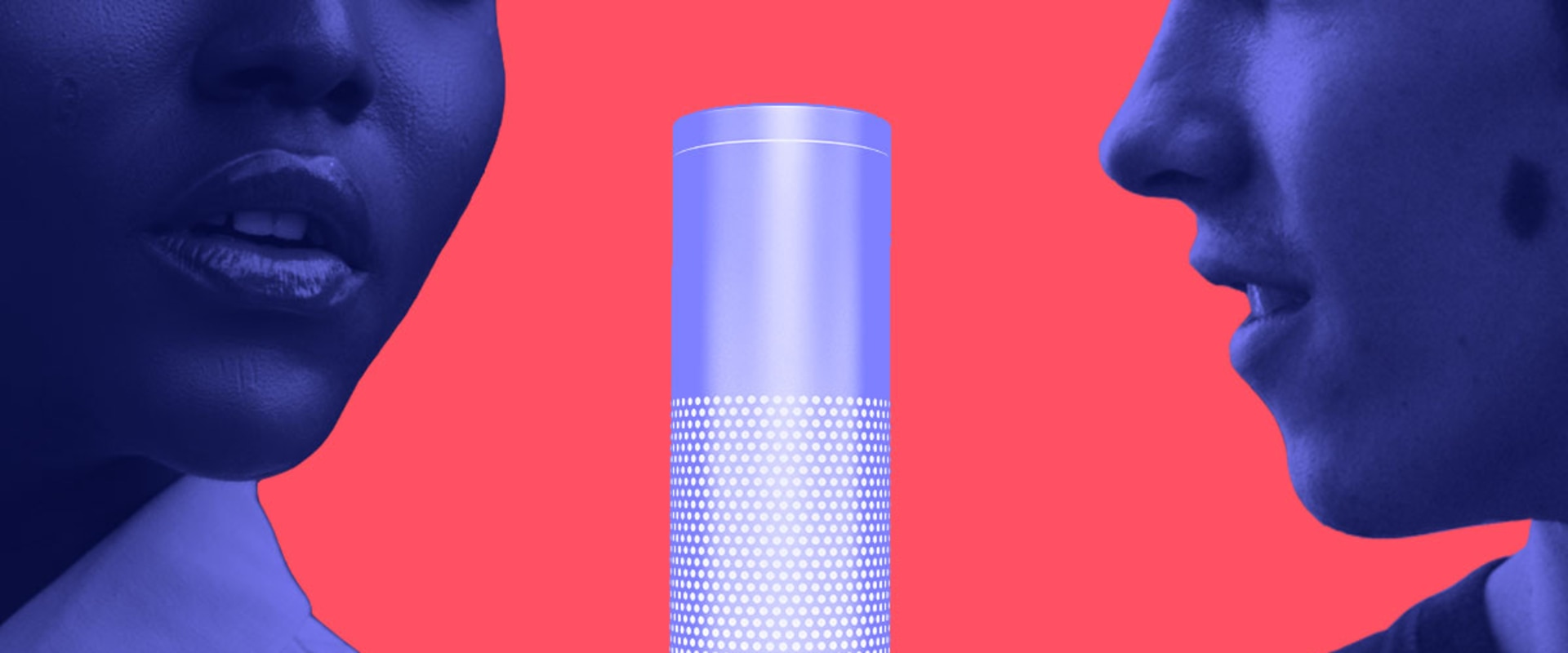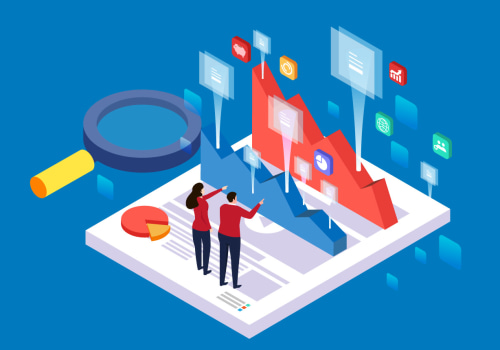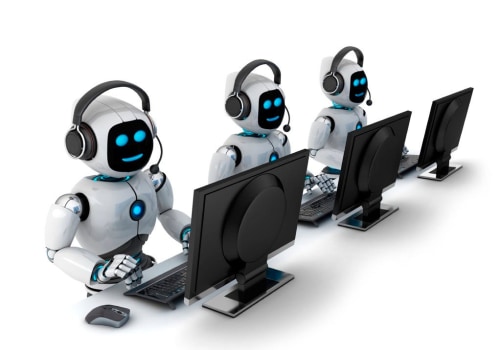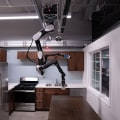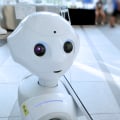(Use approximately as many female as male audio samples in your training data). Any examination of biases in AI must recognize the fact that these biases stem primarily from biases inherent to humans. The models and systems we create and train are a reflection of ourselves. So it's no surprise to discover that AI is learning gender biases from humans.
For example, natural language processing (NLP), a fundamental ingredient of the most common AI systems, such as Amazon's Alexa and Apple's Siri, among others, has been found to be gender-biased, and this is not an isolated incident. There have been several high-profile cases of gender bias, including machine vision systems for gender recognition that reported higher error rates for recognizing women, specifically those with darker skin tones. To produce technology that is fairer, researchers and machine learning teams across the industry must make a concerted effort to correct this imbalance. We have an obligation to create technology that is effective and fair for all.
Artificial intelligence (AI) has a bias problem. In fact, AI has a lot of well-documented bias issues. Arguably, the chief among them is gender bias. From creating data sets to how data is collected and used, to creating AI solutions, women are underrepresented at every stage.
This means that AI solutions won't meet the needs of half the world. Algorithms then skew and machine learning exacerbates these problems, she added, and provided many examples of prejudice against women in data, algorithms and machine learning, from banking to the labor market and beyond. Their code is available online and, in addition, they have created a demonstration page where users can upload their own image and apply the adversariously trained neural network to hide gender information. This line includes both research on how to mitigate the effects of the amplification of biases, which can be observed in AI, and studies that have the specific objective of harnessing AI to reduce gender bias in technologies.
As shown by attempts by the UN and the EU to propose new policies and principles to regulate the possible effects of AI on gender equality, policy makers have not yet reached a consensus on how to balance the potential of AI to empower women with the potential detrimental effect it could also have. Therefore, while they state the importance of “weakening society” as a prerequisite for “weakening” AI technology, they continue to point to the value of technology in minimizing existing discrimination. In addition, universities should implement courses on biases in AI and technology, similar to those offered in some medical schools, as part of the STEM curriculum. A link to a separate page is also included, providing more information on gender-specific translations, outlining current gender-specific translation options and stating that “there will be gender-specific translations in more languages soon”.
But what if the system completes “Men are to the software developer what women are to X” with “secretary” or some other word that reflects stereotypical views about gender and careers? AI models, called word embeddings, learn by identifying patterns in huge collections of text. Many of the case studies in this article point out that biases are inherent to society and are therefore also inherent to AI. To address gender representations in AI bots, developers must focus on diversifying their engineering teams; schools and governments must remove barriers to STEM education for underrepresented groups; industry standards must be developed for gender in AI bots; and technology companies must increase transparency. The authors found that machine translation is heavily biased towards masculine default values, especially in fields such as STEM, which are normally considered to be gender-biased.
Around the world, several customer-oriented service robots, such as automated hotel staff, waiters, waiters, security guards and child care providers, feature names, voices, or gender appearances. .
